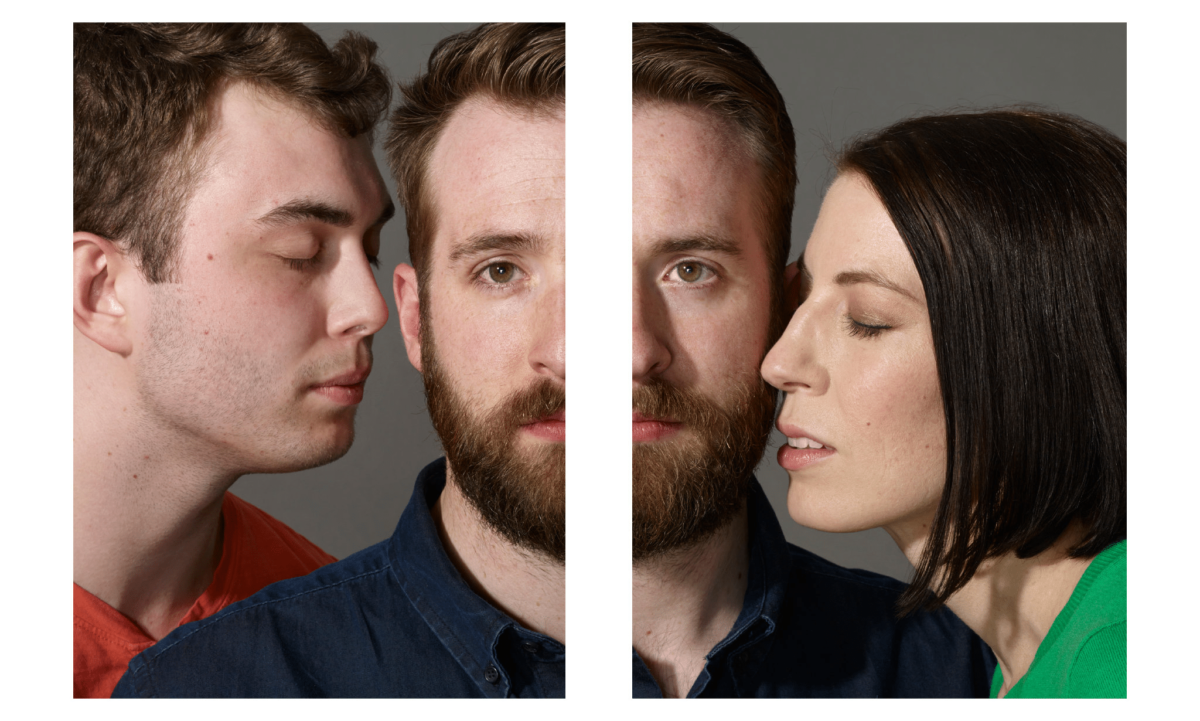In this article, we will outline some differences between bisexuality and pansexuality and how people may choose to identify.

©Getty/Vladimir Vladimirov
Introduction to Bisexuality and Pansexuality
Bisexuality and pansexuality are terms used to assert sexual orientation with confidence. Generally, bisexuality refers to an attraction to more than one gender, while pansexuality is defined as attraction regardless of gender.
However, definitions of bisexuality and pansexuality may vary, as they are intricately related yet distinct concepts.
Our world is rich with a multitude of sexual orientations and gender identities. From bisexuality and pansexuality to other unique identities, this diversity is undeniably beautiful and complex. It is a testament to the richness of human experience and should be unmistakably celebrated, as it makes each individual’s journey unique and unquestionably valid.
Bisexual definition
Bisexuality is not universally defined. It generally implies being attracted to more than one gender. Some define their gender based on their biological sex, while others see themselves as agender or gender-fluid. Bisexuality may involve attraction to both males and females or multiple gender identities. While some may find the term controversial, many within the bisexual community acknowledge the existence of various genders. Each person’s sexual orientation is unique, with some feeling equal attraction to both men and women and others being more drawn to one gender. Bisexual individuals may be in long-term same-sex or heterosexual relationships or transition between the two.
Pansexual definition
Individuals who identify as pansexual are capable of feeling attraction to anyone, including those who do not identify with a specific gender. For instance, a pansexual person is attracted to someone who is agender, as well as to individuals who are female, male, or gender-fluid. So, it’s essential to understand that being pansexual doesn’t mean being attracted to everyone, just as a heterosexual male is not attracted to every female, and vice versa.
Difference between the two terms
Bisexuality refers to feeling attracted to multiple genders, while pansexuality represents an attraction to all genders, with specific differences between the two. Understanding these differences is crucial in respecting and appreciating the diversity of human experience.
For instance, someone who identifies as bisexual may be attracted to those who are gender-fluid, men, or nonbinary, but not to those who are women.
On the other hand, someone who is pansexual can have an equal level of attraction to people of any gender while still experiencing this attraction in various ways.
Both bisexual and pansexual individuals may experience different types of attraction to other genders, such as romantic attraction to one gender and sexual attraction to another.
Overview
It’s important to remember that bisexuality and pansexuality are deeply personal and can mean different things to different people. Each individual’s definition is valid and should be respected, contributing to the rich tapestry of human experience. Bisexuality generally refers to people who are attracted to more than one gender. Pansexuality refers to those who are attracted to people regardless of gender. Our understanding of sexual orientation and gender identity is not static and will continue to evolve as we listen to diverse voices.
Note: If you’d like to know about sexuality and the types of sexuality, we recommend reading our related article about the Sexual Spectrum, or you may even want to find out more about Demisexual dating success.
Take a look at

The most frequent Bisexual FAQ
Find the answers to frequently asked questions on bisexuality (Bisexual

The most Common Gay Stereotypes
Gay stereotypes have always been present. However, now it’s the

Sexual Orientation and Gender Identity Definitions
The Sexual Orientation and Gender Identity Definitions article will briefly
References and sources:
Photo credits:
Feature photo Credits: ©Getty/Vladimir Vladimirov
